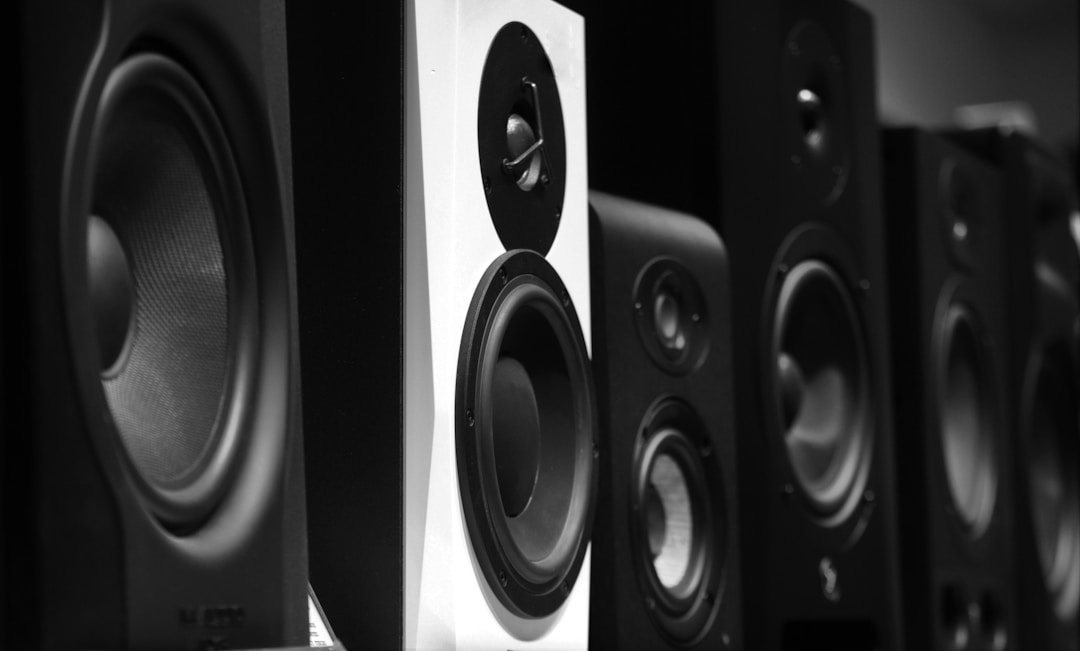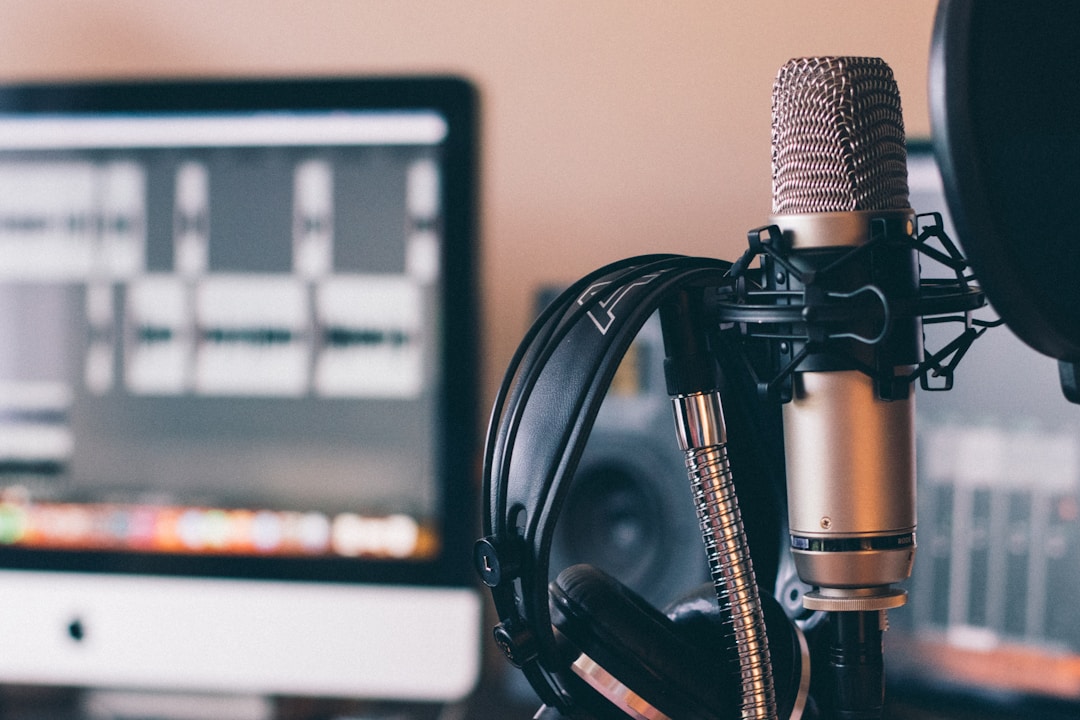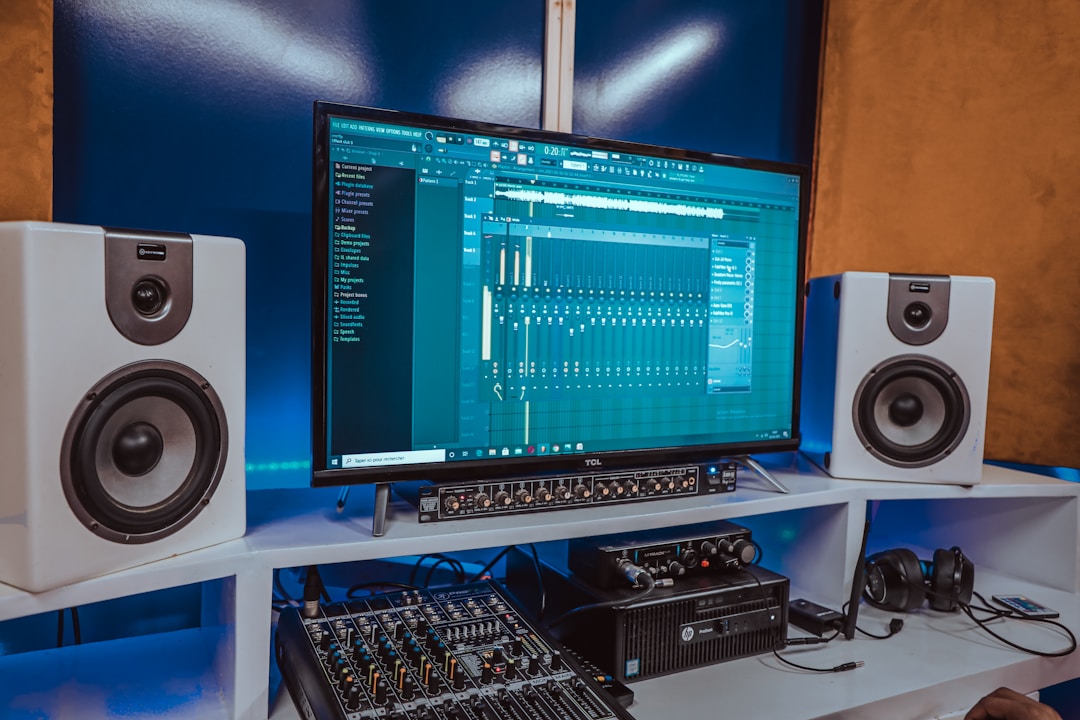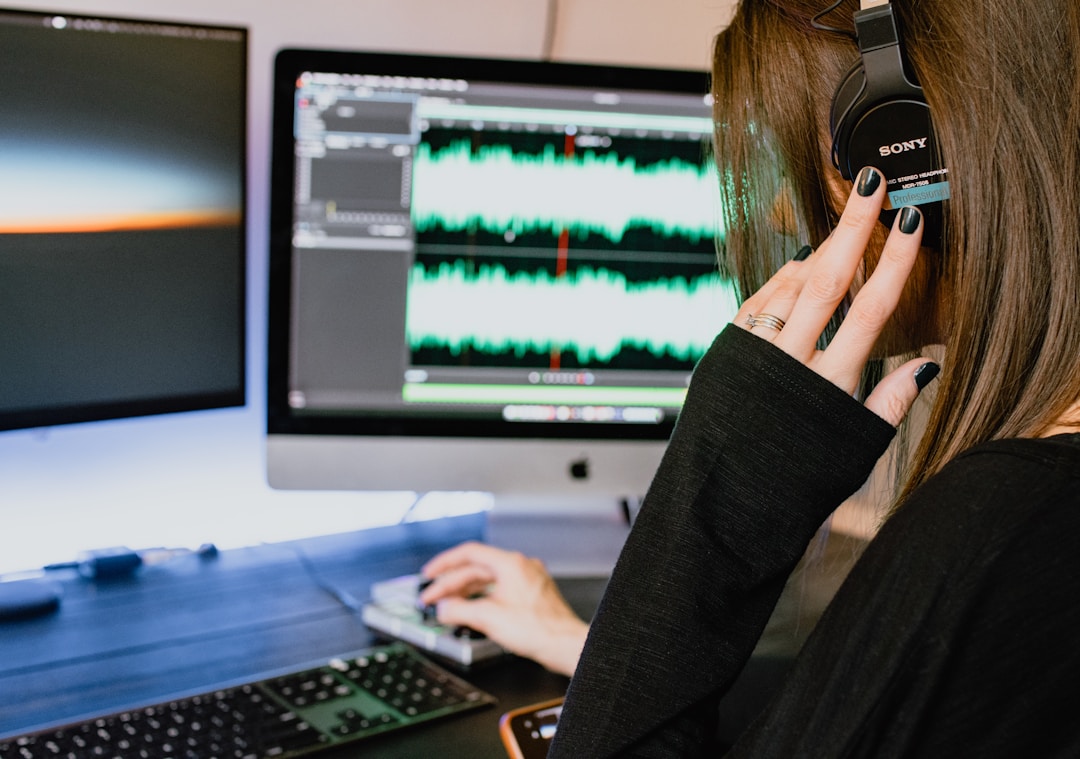How to control the sound system mixer more stably?
Nov 12,2021

The mixing console, also known as the mixing console, is a key machine and equipment for broadcasting and video recording variety shows in contemporary radio stations, performance stages, speaker and television production systems, which can amplify, mix, distribute, decorate, and process multi-channel input signals. The mixing console is equivalent to the cardiovascular system of a speaker system, and the blood circulation of this heart immediately endangers the reliability of the entire system. To achieve stable practical results in a professional audio system, in addition to mastering some key functions of the mixing console, the operating methods are also crucial.
1. The signal input of the mixing station: This has been explained in detail in previous articles. The input signals of the mixing station can be roughly divided into two types: low impedance microphone signal input and high impedance route signal input. Overall. Nowadays, cable TV dynamic microphones and condenser microphones used by people have low impedance signals, but wireless microphones have already become high impedance signals due to the enlargement of microphone receivers; And various types of audio broadcasting equipment such as DVD, CD, VCD, LDMD, MP3, cassette player, etc. are all high impedance signals; According to specifications, various instruments such as electronic pianos and electric basses are high impedance signals, but in some unique situations, low impedance port numbers can also be used for input.
2. Adjustment of safety channel gain for professional mixing consoles: To input the sound source into the mixing console, people first need to distinguish whether it is low resistance or high resistance, and then connect it appropriately to the mixing console using a standardized power cord. If we want every sound source to achieve the ultimate sound quality, people must carefully adjust it. The gain of each key entering the safety channel on the mixing console is crucial and important. Many sound engineers may not understand the gain simply as a sound knob. In fact, the more crucial function of gain is to manipulate the dynamic range of the input signal. Generally, when the gain is adjusted to a larger value without losing frames, it means a larger reasonable dynamic range, which is a good actual effect situation.
Latest News













